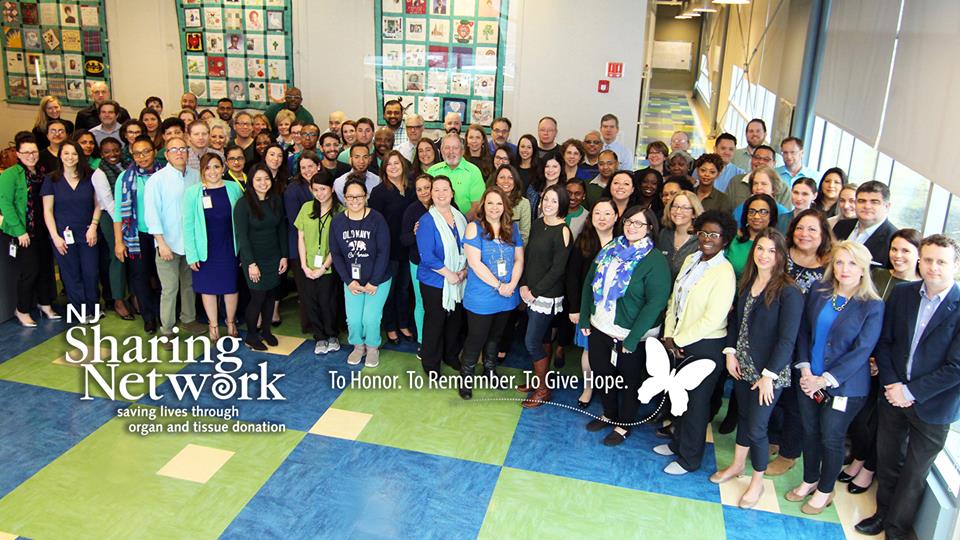
Main building, Ellis Island
The Immigration Experience at Historic Ellis Island
by Taylor Smith | Photos courtesy of The National Park Service and Wikimedia Commons
More than 12 million immigrants passed through the U.S. immigration portal at New York’s Ellis Island between 1892 and 1954. These determined individuals — many of whom were escaping extreme poverty, famine, and persecution — often spent all of their savings on a single ticket, causing many families to become separated. Teenage children were left to cross the ocean alone, not knowing what was in store for them when they arrived in America, or whether they would every see their parents again.
This uncertainty did not dissipate after the ships sailed past the Statue of Liberty, a literal beacon of light, hope, and freedom to the arriving passengers. The inspection process at Ellis Island was another big hurdle to cross, and the health and confidence of the arriving immigrants — who often did not speak English and had eaten little and seldom bathed during their long journey — was not strong.
All arriving passengers were processed in the Registry Room where they were organized in pens similar to cattle or livestock. Public Health Service doctors poked and prodded as they asked the new arrivals to cough, stand up straight, and answer a few questions to assess their psychological state. Special attention was paid to individuals who appeared weak and off balance, struggling to carry their own luggage up the broad staircase to the Registry Room. Of primary concern were cholera, scalp and nail fungus, tuberculosis, epilepsy, trachoma, insanity, and other mental impairments. Trachoma, a contagious eye infection that can lead to blindness and death, was itself somewhat akin to a death sentence, sending afflicted patients back to their home country. During their examination, Ellis Island physicians used a hooked metal tool to literally flip a new arrival’s eyelid inside out. Excessive redness on the under-eyelid was taken as suspected trachoma. Cases of misdiagnosis were not uncommon. more
































